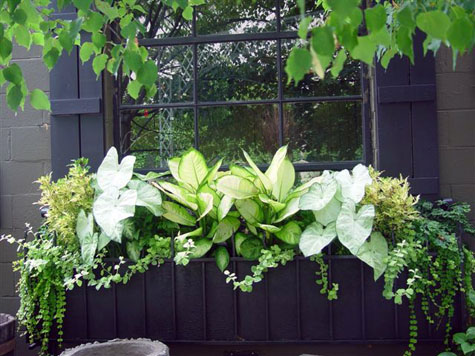 My little collection of roses is starting to “represent”, as my Texas friend would say. I only grow a few. The dwarf climber Jeanne LaJoie is perfectly hardy and willing for me; it does not mind at all being planted with the electric meter. Mini-Jeanne is paired with a voluptuous large flowered climber named Eden-the flower is so beautiful, and the plant is so-so for me, although the foliage seems healthy. This large flowered climber, also known as Pierre de Ronsard, and bred by Meilland in 1987, hasn’t flowered yet-but it is showy.
My little collection of roses is starting to “represent”, as my Texas friend would say. I only grow a few. The dwarf climber Jeanne LaJoie is perfectly hardy and willing for me; it does not mind at all being planted with the electric meter. Mini-Jeanne is paired with a voluptuous large flowered climber named Eden-the flower is so beautiful, and the plant is so-so for me, although the foliage seems healthy. This large flowered climber, also known as Pierre de Ronsard, and bred by Meilland in 1987, hasn’t flowered yet-but it is showy.
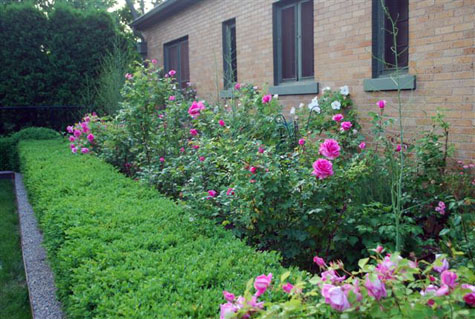
I grow the shrub rose “Carefree Beauty” for good, and sentimental reasons. Griffith Buck bred very hardy, very sturdy shrub roses-this is one of my favorites. I alternate this with his rose “Earthsong”. Some say its better than “Carefree Beauty-I can’t tell. But if your interest is in a low maintenance rose, these qualify. The tall ,English bred shrub rose “Sally Holmes” has gorgeous peach buds, and large single white flowers; I have been growing it for years. One year it died back almost entirely to the ground, but came back.
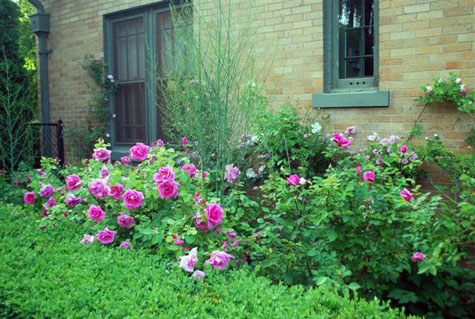
I am not a rosarian by any means. I am not really crazy about rose gardens either. But I do like roses in a mixed border. Roses are such prima donnas-they sulk if there’s anything growing at their feet. So I try to keep my white Japanese anemones, and boltonia out of their hair. I wouldn’t want to do without a few roses.


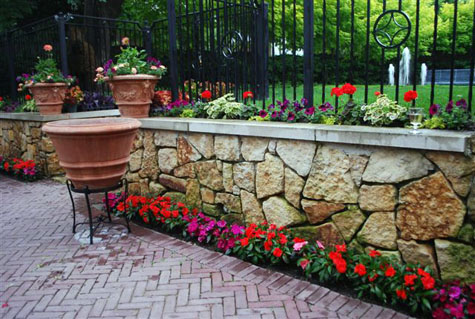 I know I posted however many days ago, that I was planting my pots purple and orange. Sounds hideous, doesn’t it? I was cringing as much as I was looking forward to it. I got the first sonic orange New Guinea impatiens in the ground, and thought I would throw up. Someone years ago told me orange was the color of hysteria-and I was starting to believe it. Could I come home and be charmed by hysteria generated by my own hand?
I know I posted however many days ago, that I was planting my pots purple and orange. Sounds hideous, doesn’t it? I was cringing as much as I was looking forward to it. I got the first sonic orange New Guinea impatiens in the ground, and thought I would throw up. Someone years ago told me orange was the color of hysteria-and I was starting to believe it. Could I come home and be charmed by hysteria generated by my own hand?
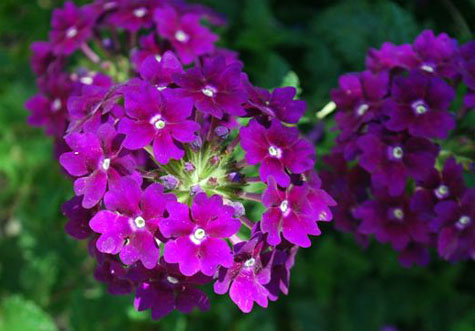
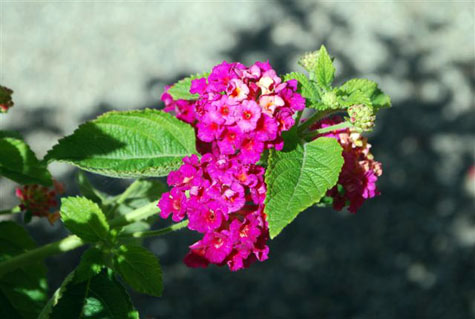
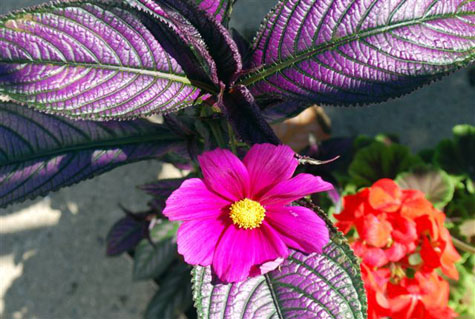

 Texture is such an exciting element in plants-and plantings. Defined by Wikipedia as “an identifying quality”, or the “appearance and feel of a surface”, the texture of a plant can be about its appearance. Some plants are shiny leaved; some have felted leaves. Some leaves and flowers are thin (sometimes referred to as “substance”) and some are thick and juicy looking. Some leaves are wisy and airy looking-others are big and broad-and look as though even a big wind wouldn’t disturb them. This kale is ultra-crinkled-beautiful.
Texture is such an exciting element in plants-and plantings. Defined by Wikipedia as “an identifying quality”, or the “appearance and feel of a surface”, the texture of a plant can be about its appearance. Some plants are shiny leaved; some have felted leaves. Some leaves and flowers are thin (sometimes referred to as “substance”) and some are thick and juicy looking. Some leaves are wisy and airy looking-others are big and broad-and look as though even a big wind wouldn’t disturb them. This kale is ultra-crinkled-beautiful.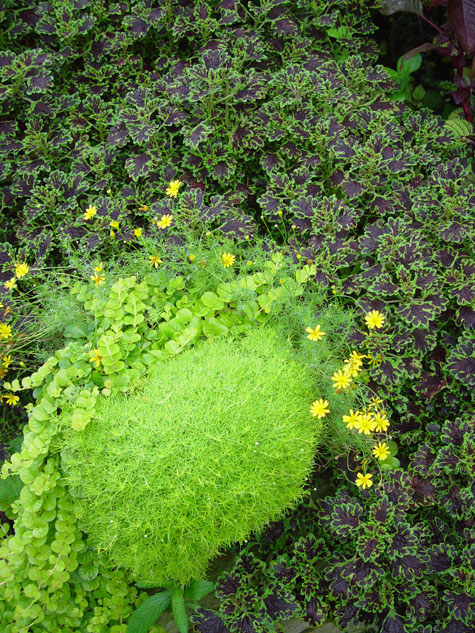 Texture can also refer to how a plant feels to the touch-who could resist touching this scotch moss? Contrasting textures can make for a lot of excitement in a planting-but even the relationship of one small texture to another can be interesting.
Texture can also refer to how a plant feels to the touch-who could resist touching this scotch moss? Contrasting textures can make for a lot of excitement in a planting-but even the relationship of one small texture to another can be interesting.  Some plantings where all the textures read similarly encourage focus on color, or mass. The choice of plants very much dictates what about a plant or planting becomes the dominant element. This box of grass, euphorbia Diamond Frost, thyme and sedum has that casual roadside weed look to it. You notice the blue of the sedum first off, as the textures of all the plants are so similar. There is a whole story here about little leaves.
Some plantings where all the textures read similarly encourage focus on color, or mass. The choice of plants very much dictates what about a plant or planting becomes the dominant element. This box of grass, euphorbia Diamond Frost, thyme and sedum has that casual roadside weed look to it. You notice the blue of the sedum first off, as the textures of all the plants are so similar. There is a whole story here about little leaves. 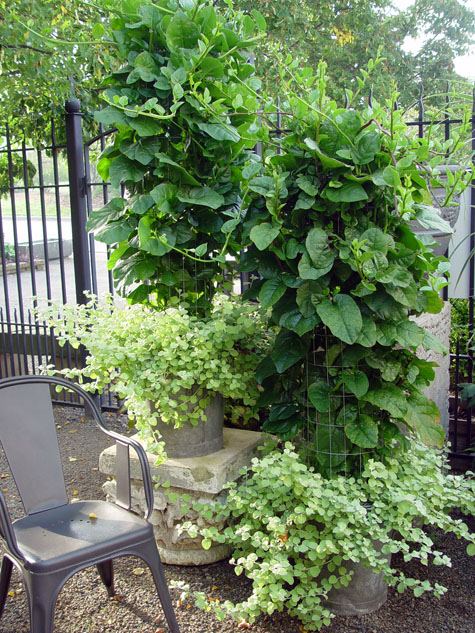 Malabar spinach has thick, substantial leaves that are glossy and wrinkled. This texture reads all the more strongly for its pairing with the diminuitive felted stems and leaves of lime licorice.
Malabar spinach has thick, substantial leaves that are glossy and wrinkled. This texture reads all the more strongly for its pairing with the diminuitive felted stems and leaves of lime licorice. 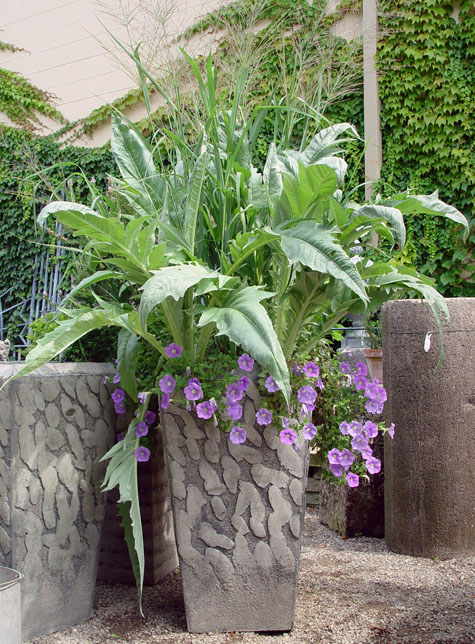 The hunky, toothy, slighting menacing leaves of this cardoon are softened by the much less architectural “Dallas Blues” panicum grass-and the so sweet blue petunias. The cardoon has a felted leaf-the panic grass is smooth and shiny. Those blue petunias are along for the ride-and soften much the architecture of the cardoon-and the pot.
The hunky, toothy, slighting menacing leaves of this cardoon are softened by the much less architectural “Dallas Blues” panicum grass-and the so sweet blue petunias. The cardoon has a felted leaf-the panic grass is smooth and shiny. Those blue petunias are along for the ride-and soften much the architecture of the cardoon-and the pot.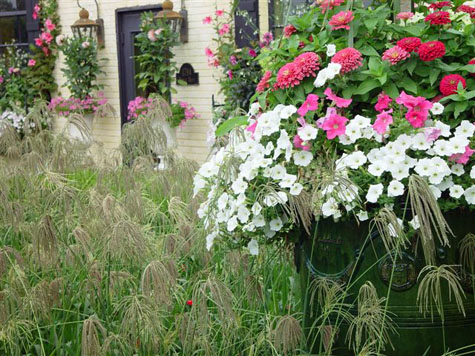 Large flowers like zinnias and petunias have a simple texture, while its companion grass has a complex, texture-like fireworks. Diametrically opposed to this delicately textured grass, caladiums and this lime dieffenbachia have leaves so thin and so wide the sun shines through them; it looks like the lights are on in this very shady spot. Identifying what about a particular plant you like will help a lot to inform your design with them. Everyone knows texture. Its the process of being conscious of it that can help make for inspired plantings .
Large flowers like zinnias and petunias have a simple texture, while its companion grass has a complex, texture-like fireworks. Diametrically opposed to this delicately textured grass, caladiums and this lime dieffenbachia have leaves so thin and so wide the sun shines through them; it looks like the lights are on in this very shady spot. Identifying what about a particular plant you like will help a lot to inform your design with them. Everyone knows texture. Its the process of being conscious of it that can help make for inspired plantings .